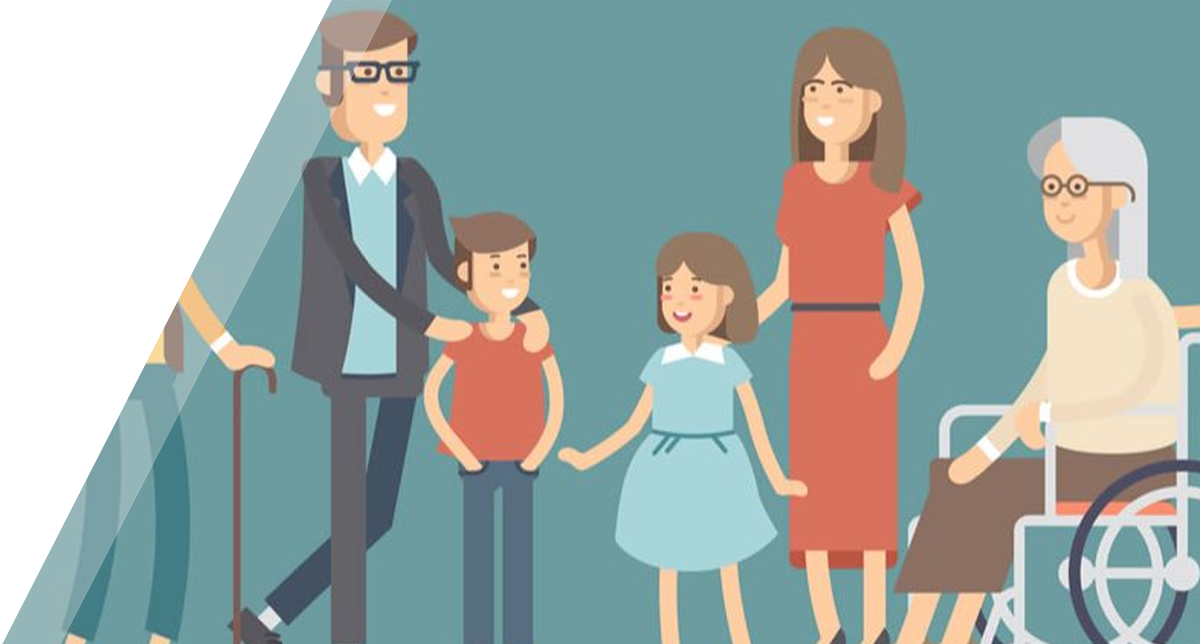Chronic obstructive pulmonary disease (COPD) is a lung disease in which the lungs are damaged, the airways are partly obstructed, and it can be difficult to get air in and out.
The airways branch out like an upside-down tree, and at the end of each branch are many small, balloon-like air sacs called alveoli. In healthy people, each airway is clear and open. When you breathe in, each air sac fills up with air like a small balloon; when you breathe out, the balloon deflates and the air goes out.
In COPD, the airways and air sacs lose their shape and become floppy. Less air gets in and less air goes out.
• The airways and air sacs lose their elasticity like an old rubber band.
• The walls between many of the air sacs are destroyed.
• The walls of the airways become thick and inflamed.
• Cells in the airways make more mucus than usual, which tends to clog the airways.

Signs and symptoms of COPD
The signs and symptoms of chronic obstructive pulmonary disease (COPD) include:
• Cough
• Sputum (mucus) production
• Shortness of breath, especially with exercise
• Wheezing, a whistling or squeaky sound when you breathe
• Chest tightness
If you experience any of these symptoms, consult your physician.
Tweet this:
What is #COPD? Find our easy to read explanation here! #ForTheRoadAheadCLICK TO TWEET
*Information obtained from the National Heart Lung and Blood institute.


.png)



.png)




